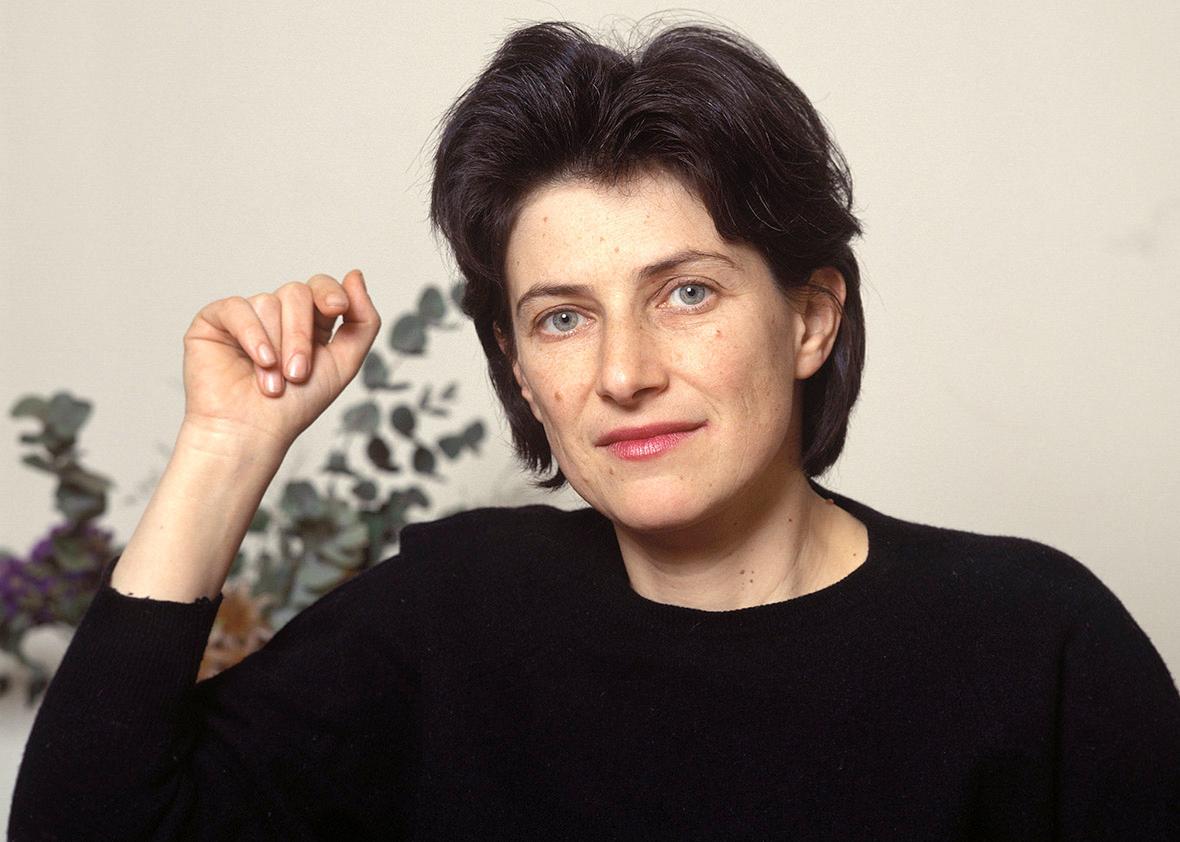The great feminist filmmaker Chantal Akerman, who died Tuesday in Paris at the age of 65, once made a movie in which the act of cooking potatoes achieves an almost unendurable significance.
The film was Jeanne Dielman, 23 Quai du Commerce, 1080 Bruxelles. The viewer’s agony is not due to boredom, as far too many critics complained of the 201-minute, 1975 film in which a widowed housewife and part-time prostitute does chores before a more-or-less fixed camera. And it’s not due to disappointment that, of all things, a boiled vegetable could be a woman’s last straw.
It’s almost unendurable because the difficulty of endurance is sort of the point of Jeanne, made when Akerman was just 25 years old. In Akerman’s work, everyday life, especially for women, and particularly for women in economic crises, is something to be borne. There’s more than meets the eye to a woman scrubbing and dusting—if only because for whom, after all, is she doing these chores? Part of the genius of Jeanne is to put a camera on her and basically not let it leave until the secrets come out; another part is that those secrets aren’t scandalous plot points, but the grief and tedium and reality of life itself. And it wasn’t just the feminist art-film world that responded to Jeanne Dielman: Filmmakers as varied as Todd Haynes, Gus van Sant, Sally Potter, and Michael Haneke found the kind of formal constraints she pioneered useful for their own explorations of sex, brutality, power, and sorrow.
Born in Brussels in 1950, Akerman knew how much women could endure. Her grandparents were murdered at Auschwitz; her mother escaped with her life and told the tale in Akerman’s last film, No Home Movie, which premiered last year to a reception as hostile as any received over the course of her stormy career. Like most feminist artists, too much of Akerman’s time was spent in struggle: for funding; for distribution and attention; and most of all, for the public to acknowledge that achieving technical brilliance and formal innovation in the service of a story about some housewife, or some sexy girl (2000’s La Captive), or a queer woman played by Akerman herself who lives only on sugar (her astonishing 1976 Je, Tu, Il, Elle) is itself a triumph of endurance against bad odds and the widespread belief that women’s domestic lives are, well, boring.
Akerman’s early work resonates with durational films like Warhol’s eight-hour single shot of the Empire State Building, Yoko Ono’s long shots of people’s asses, and Marina Abramovic’s performances using limbs like clock hands. These artists all became more famous than Akerman perhaps in part because they used star power to counter (and complicate) their own ideas of endurance. Now, though, Akerman and Jeanne in particular seems less like minimalism and more like a link between, say, Virginia Woolf and Vine: In all the endless, sometimes tiresome footage of life as we live it, you can find humanity. Just wait and see.
